Home>Ideas and Tips>How To Start A Beekeeping Hobby In Your Backyard
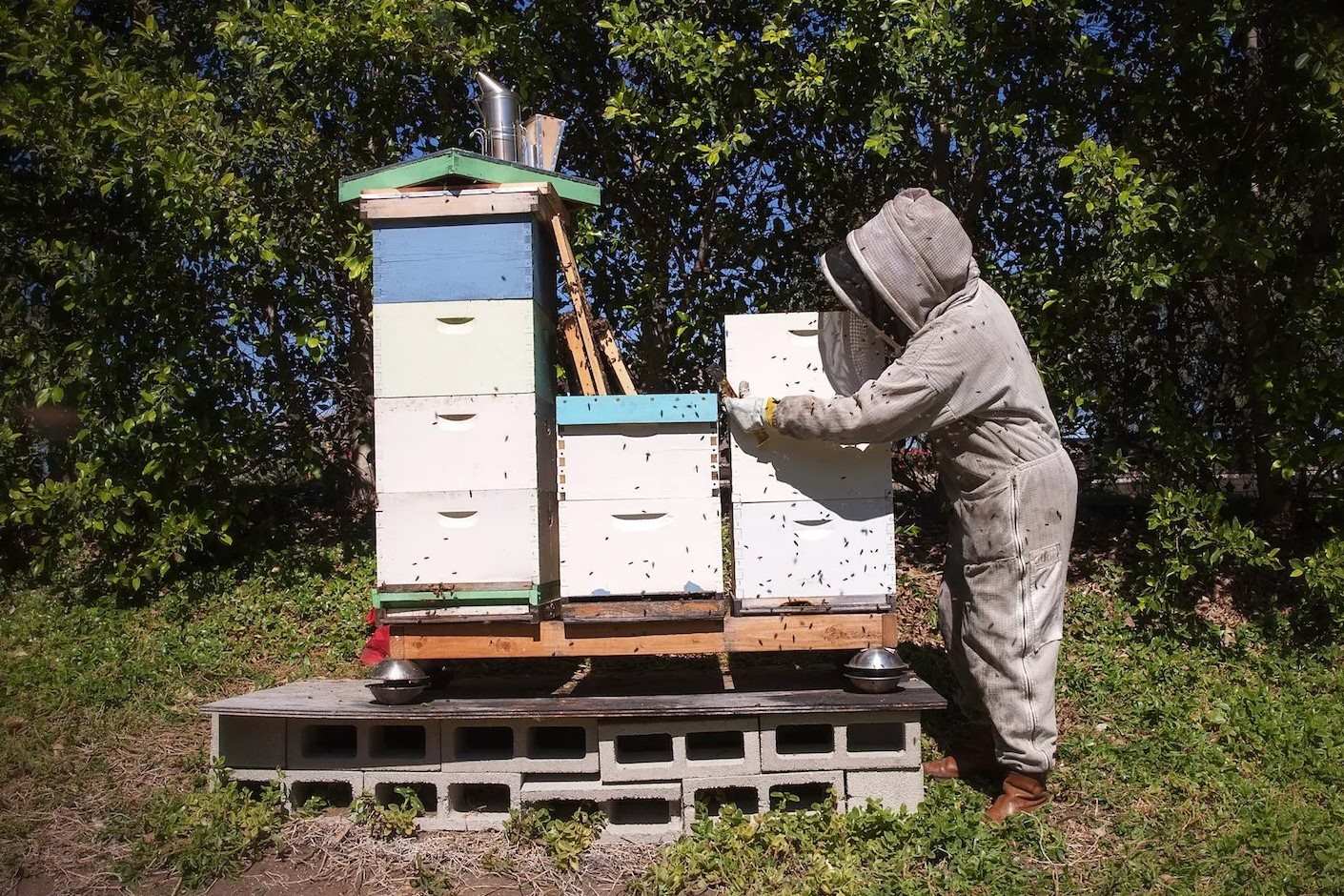

Ideas and Tips
How To Start A Beekeeping Hobby In Your Backyard
Published: November 1, 2024
Learn how to start a beekeeping hobby in your backyard with this comprehensive guide. Discover essential tips, equipment, and best practices for success.
(Many of the links in this article redirect to a specific reviewed product. Your purchase of these products through affiliate links helps to generate commission for Storables.com, at no extra cost. Learn more)
Beekeeping is an ancient practice that has gained significant popularity in recent years. Not only does it provide a unique opportunity to connect with nature, but it also offers a rewarding hobby that can yield delicious honey and other bee products. If you're considering starting a beekeeping hobby in your backyard, this article will guide you through the essential steps and provide valuable insights to help you get started.
Understanding Beekeeping Basics
Before diving into the practical aspects of beekeeping, it's crucial to understand the basics. Beekeeping involves managing colonies of honey bees (Apis mellifera) to produce honey and other bee products. Here are some key points to consider:
- Bee Behavior: Honey bees are social insects that live in colonies with a queen bee, worker bees, and drones. The queen lays eggs, while worker bees perform various tasks such as foraging, caring for young, and defending the colony. Drones are male bees whose sole purpose is to mate with the queen.
- Colony Structure: A healthy bee colony typically consists of around 30,000 to 60,000 bees. The colony is divided into different castes with distinct roles.
- Communication: Bees communicate through complex dances and pheromones. Understanding these signals is essential for managing the colony effectively.
Equipment Needed for Beekeeping
To start beekeeping, you'll need some specialized equipment. Here are the essential items:
- Beehive: This is the primary structure where your bees will live. There are several types of beehives available, including Langstroth hives, Top-bar hives, and Warre hives. Langstroth hives are the most common type used in commercial beekeeping but can also be suitable for backyard beekeepers.
- Frames: These are the vertical pieces of wood that hold the foundation (a thin sheet of wax or plastic) where the bees will build their comb.
- Foundation: This is placed on the frames to guide the bees in building straight comb.
- Smoker: A smoker helps calm the bees by producing a smoke that confuses them into thinking their hive is on fire, causing them to gorge on honey and become less aggressive.
- Hive Tool: A small tool used to open the hive and scrape off excess wax or propolis.
- Protective Clothing: Beekeeping suits, veils, gloves, and boots are essential for protecting yourself from stings.
- Honey Extractor: If you plan to harvest honey, you'll need an extractor to extract it from the frames without damaging the comb.
Choosing the Right Location
Selecting the right location for your beehive is crucial for the health and productivity of your bees. Here are some factors to consider:
- Sunlight: Bees need sunlight to navigate and communicate effectively. A location that receives partial shade but not full sun is ideal.
- Wind Protection: Bees are sensitive to wind, which can disrupt their communication and make them more aggressive. A spot protected from strong winds is preferable.
- Accessibility: The location should be easily accessible so you can inspect and maintain the hive regularly without causing undue stress to the bees.
- Proximity to Water: Bees need water for drinking and cooling their bodies. A nearby source of water is beneficial but ensure it's not too close as this can attract pests.
- Distance from Neighbors: While beekeeping can be a rewarding hobby, it's important to consider your neighbors' comfort level with having bees nearby. A reasonable distance (about 10-15 feet) should be maintained.
Obtaining Bees
You have two main options when it comes to obtaining bees for your first hive:
-
Purchase a Nucleus Colony (Nuc):
- A Nuc typically contains 3-5 frames of bees with a queen already present. This is an excellent option if you're new to beekeeping as it provides an established colony that's easier to manage.
- Nucs are usually available from local beekeepers or suppliers during the spring season when new queens are emerging.
-
Split an Existing Colony:
- If you know an experienced beekeeper who is willing to split their colony, this can be another way to get started.
- Splitting involves taking part of an existing hive with a queen and placing it into a new hive setup.
-
Catch a Swarm:
- Swarming occurs when a colony becomes too large and splits off part of itself to form a new colony elsewhere. Catching a swarm can be challenging but rewarding if successful.
- It's recommended that beginners avoid catching swarms as they require specialized knowledge about bee behavior and communication signals.
Setting Up Your Beehive
Once you have obtained your bees, it's time to set up your beehive:
-
Assemble the Hive:
- Follow the manufacturer's instructions for assembling your beehive if it's a pre-made unit.
- If using a Langstroth hive, ensure all parts are securely attached before adding frames and foundation.
-
Add Frames and Foundation:
- Place frames into the hive body ensuring they are evenly spaced apart.
- Attach foundation sheets onto each frame using nails or staples provided with commercial foundations or by melting wax onto wooden strips if using natural foundations.
-
Install Bees:
- Gently place bees from your Nuc or split colony into their new home by carefully transferring them frame by frame into their respective positions within the hive body.
-
Initial Inspection & Setup:
- After installation, perform an initial inspection while wearing protective clothing to ensure everything is in order without disturbing them excessively which could cause stress leading potentially disastrous outcomes such as absconding (the sudden departure from their hive).
-
Ongoing Maintenance & Inspection Schedule:
- Regular inspections should be conducted weekly during peak seasons (spring/summer) focusing primarily upon monitoring population growth assessing overall health status detecting any signs pests diseases etc., performing necessary tasks like cleaning uncapping supers harvesting honey extracting pollen supplements feeding medicating when necessary controlling mites varroa etc., recording observations noting trends patterns adjusting strategies accordingly ensuring optimal performance throughout year-round operations successfully maintaining thriving colony producing high-quality products benefiting both yourself community around!
Understanding Bee Health Issues
Bee health issues can arise due various factors including environmental stressors pests diseases nutritional deficiencies management practices among others understanding these potential threats allows proactive measures mitigating negative impacts maintaining healthy robust resilient colonies capable producing desired outcomes efficiently effectively minimizing risks associated failures ensuring long-term sustainability success within hobbyist context alike commercial ventures alike!
Common Health Issues:
-
Varroa Mites:
These parasitic mites attach themselves onto bee bodies sucking blood causing weakening immune systems increasing susceptibility diseases spreading rapidly throughout colony if left unchecked necessitating regular treatments monitoring populations closely identifying early stages infestations implementing effective control measures promptly addressing issues before they escalate beyond manageable levels! -
American Foulbrood (AFB):
A highly infectious bacterial disease affecting larvae causing rapid death entire brood potentially wiping out entire colony completely devastating losses incurred significant financial emotional tolls experienced beekeepers alike! -
Nosema:
Fungal infection affecting digestive systems impairing nutrient absorption leading malnutrition-related issues compromising overall well-being longevity lifespan individuals affected necessitating antifungal treatments maintaining cleanliness hygiene practices within apiaries reducing transmission risks significantly! -
Small Hive Beetles (SHB):
Insect pests feeding honeycomb pollen stores causing damage destruction infrastructure potentially introducing pathogens diseases further complicating management challenges faced beekeepers requiring vigilant monitoring proactive interventions controlling populations preventing infestations spreading rapidly throughout hives! -
Pesticide Exposure:
Chemical residues found agricultural products nearby environments contaminating nectar pollen consumed by bees impairing cognitive abilities navigation communication skills impacting colony dynamics productivity negatively impacting yields quality products produced ultimately affecting profitability sustainability long-term viability operations undertaken! -
Nutritional Deficiencies:
Lack essential nutrients vitamins minerals affecting growth development reproduction processes compromising overall health fitness resilience colonies necessitating supplementation feeding strategies ensuring adequate nutrition levels maintained throughout year-round operations successfully maintaining thriving robust resilient colonies capable producing high-quality products benefiting both yourself community around!
Harvesting Honey & Other Bee Products
Once your colony is thriving producing excess honey pollen supplements other desirable products harvesting becomes viable option exploring various methods techniques extracting processing preserving products safely efficiently effectively minimizing risks associated failures ensuring high-quality yields benefiting both yourself community around!
Methods Extraction:
-
Centrifugal Extractor:
Mechanical device spinning frames extracting honey without damaging comb preserving integrity structure integrity ensuring maximum yields quality products produced ultimately affecting profitability sustainability long-term viability operations undertaken! -
Crush & Strain Method:
Traditional technique involving crushing comb extracting liquid honey straining removing debris particles ensuring pure clean product free contaminants impurities affecting taste texture quality ultimately impacting consumer satisfaction levels significantly! -
Raw Honey vs. Processed Honey:
Raw unfiltered honey retains natural enzymes nutrients beneficial compounds present nectar pollen consumed bees whereas processed filtered honey lacks these essential components potentially affecting nutritional value health benefits associated consumption ultimately impacting consumer satisfaction levels significantly! -
Pollen Supplements:
Powdered form pollen collected frames processed preserving nutritional value health benefits associated consumption providing essential vitamins minerals proteins amino acids impacting overall well-being longevity lifespan individuals affected necessitating regular supplementation feeding strategies ensuring adequate nutrition levels maintained throughout year-round operations successfully maintaining thriving robust resilient colonies capable producing high-quality products benefiting both yourself community around! -
Beeswax Candles Cosmetics Soaps Etc.:
Secondary products derived beeswax used various applications including candle-making cosmetics soaps lotions creams impacting aesthetic appeal functionality ultimately affecting consumer satisfaction levels significantly!
Starting backyard beekeeping hobby rewarding challenging journey requiring patience dedication persistence understanding complexities involved managing colonies producing high-quality products benefiting both yourself community around By following steps outlined above understanding basics equipment needed choosing right location obtaining bees setting up hive understanding health issues harvesting products responsibly sustainably ensuring long-term viability success within hobbyist context alike commercial ventures alike Happy beekeeping!
This comprehensive guide provides detailed insights into starting backyard beekeeping hobby ensuring successful sustainable operations benefiting both yourself community around Whether you're seasoned pro beginner alike this article serves valuable resource helping navigate complexities involved managing thriving robust resilient colonies producing high-quality products responsibly sustainably ensuring long-term viability success within hobbyist context alike commercial ventures alike Happy beekeeping
Was this page helpful?
At Storables.com, we guarantee accurate and reliable information. Our content, validated by Expert Board Contributors, is crafted following stringent Editorial Policies. We're committed to providing you with well-researched, expert-backed insights for all your informational needs.
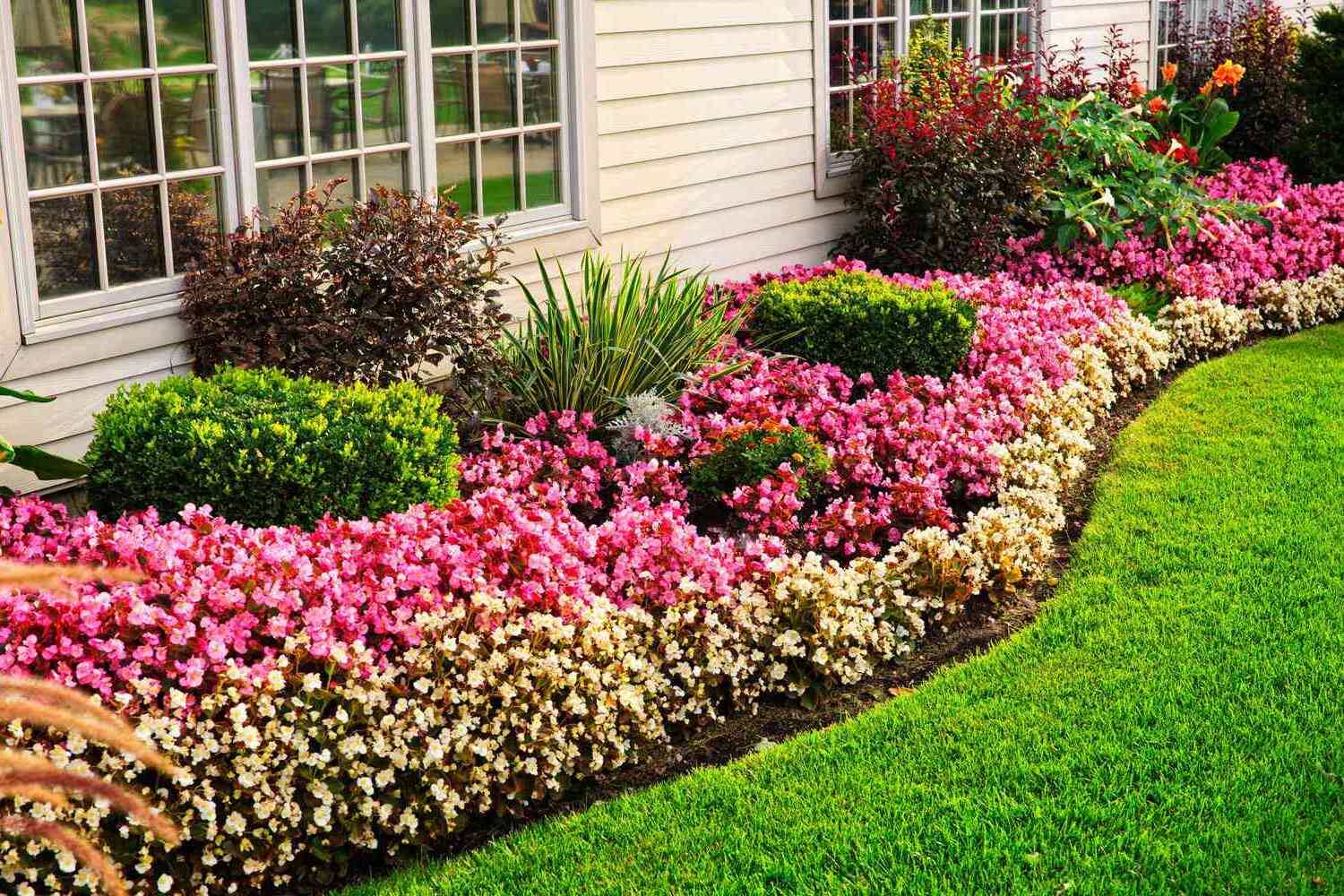
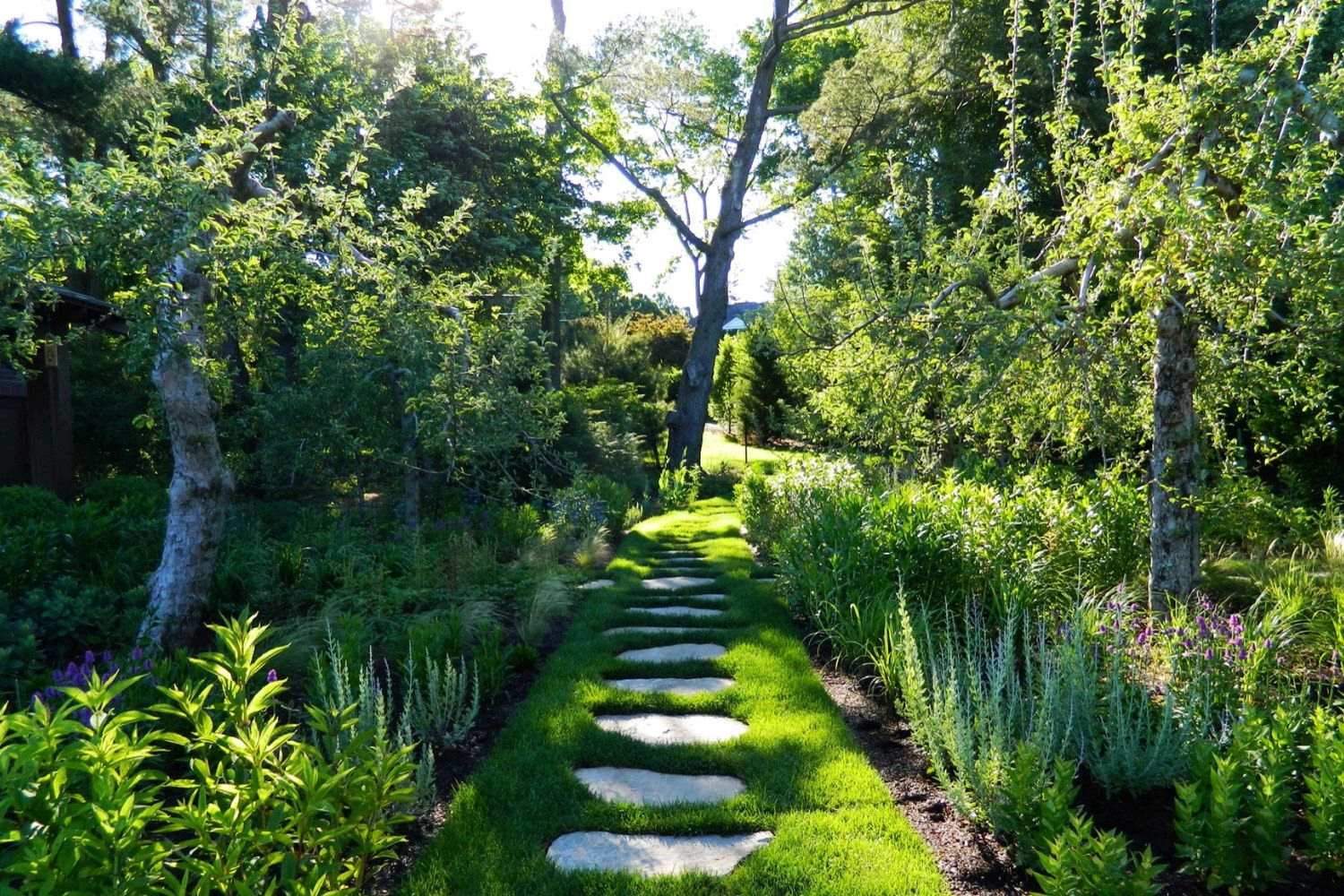
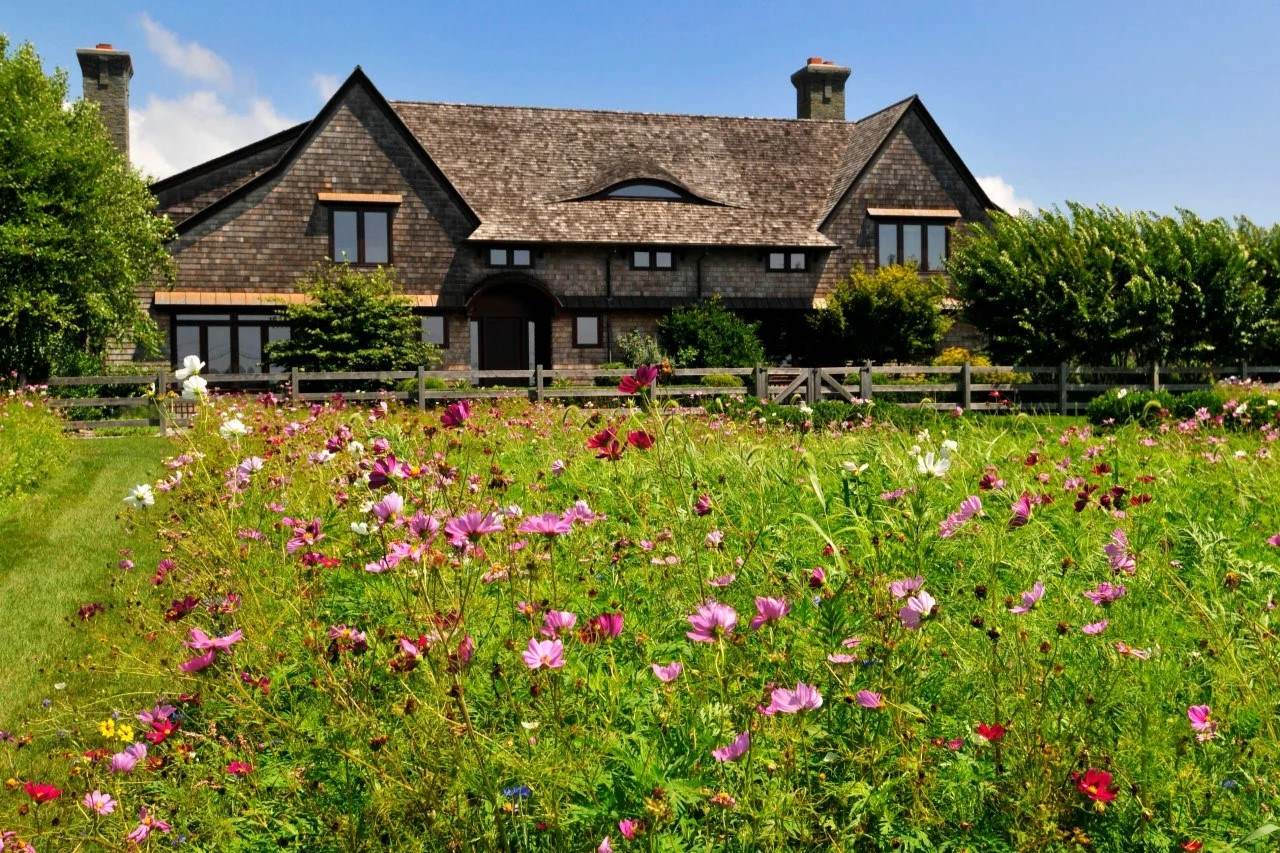
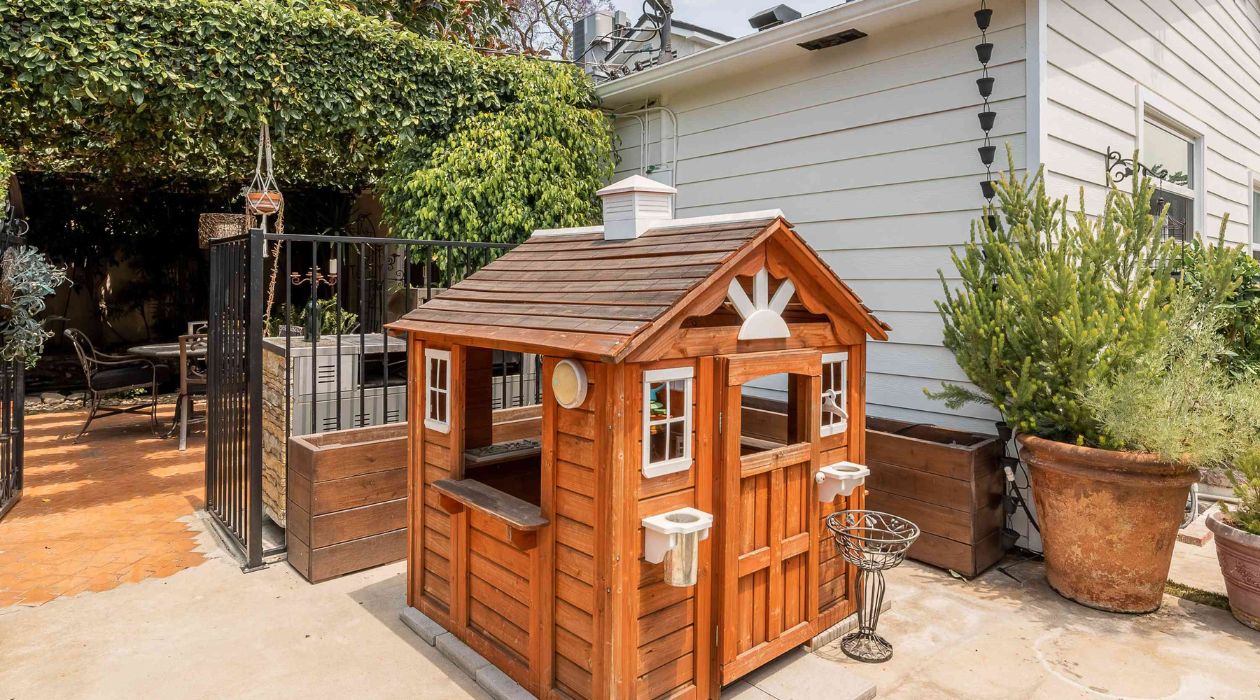

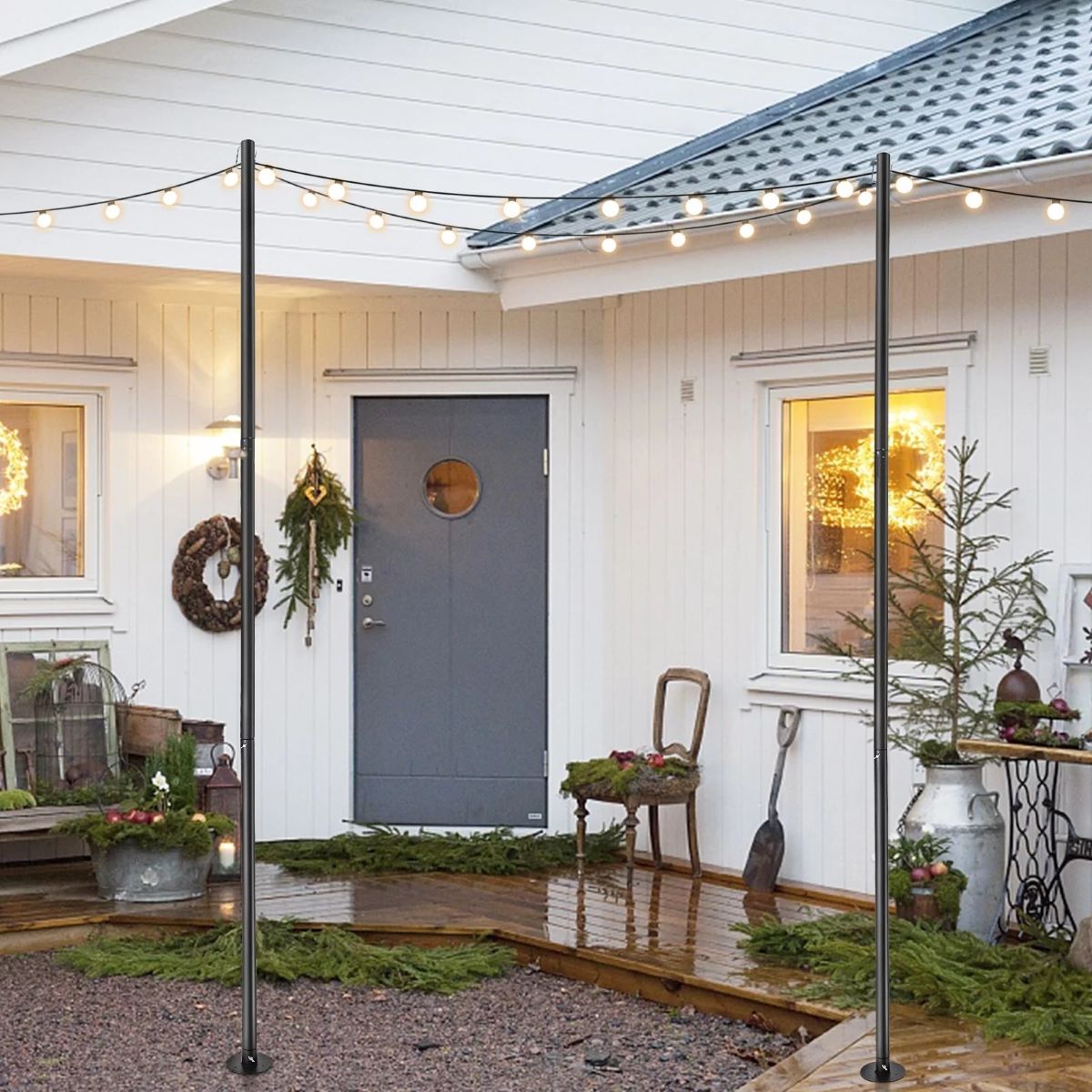
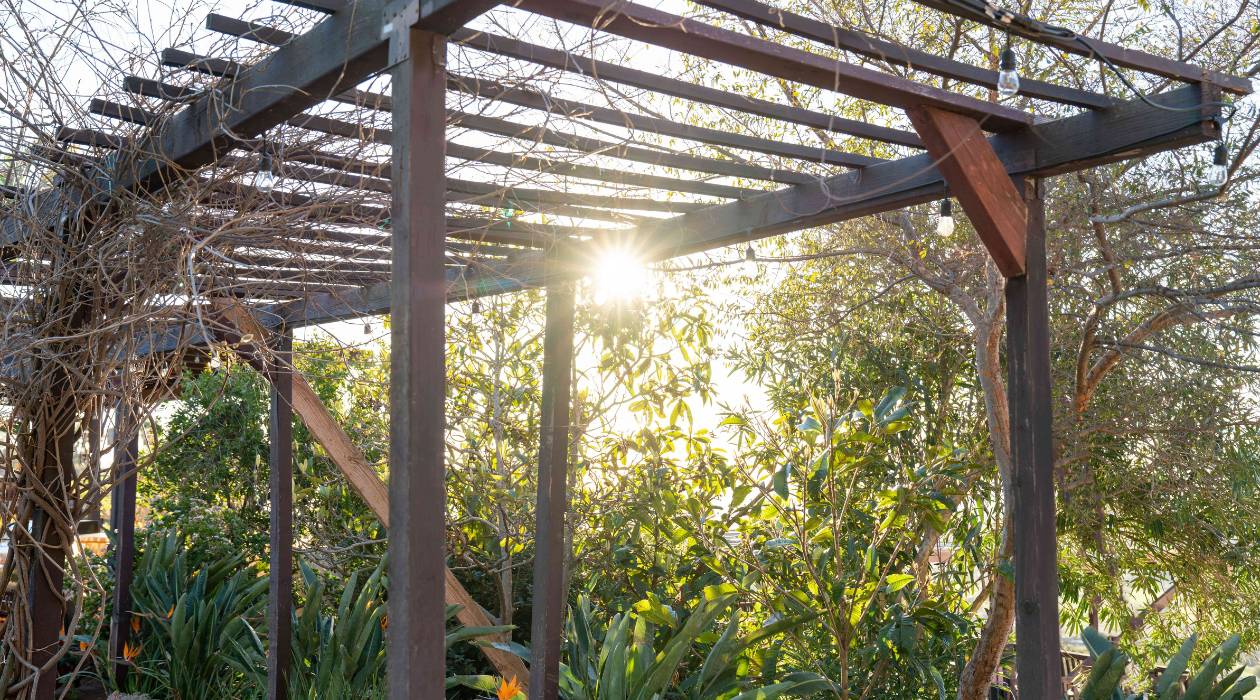

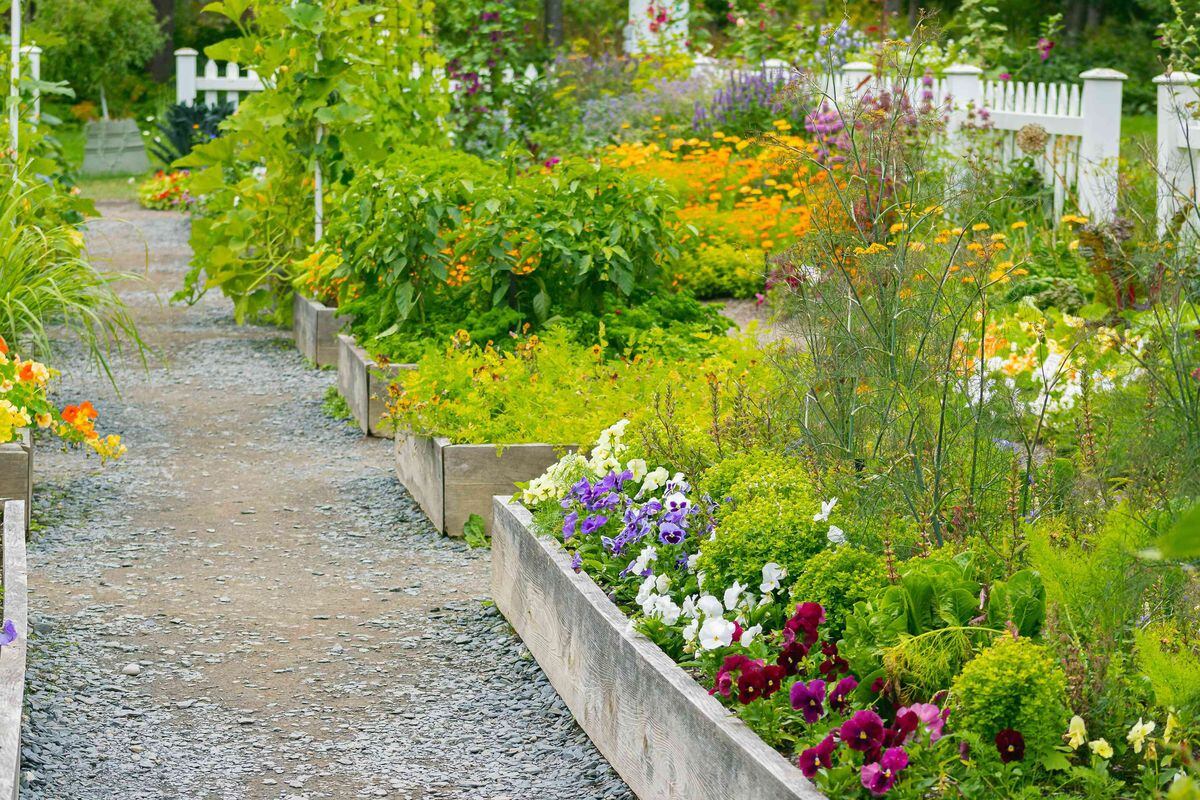
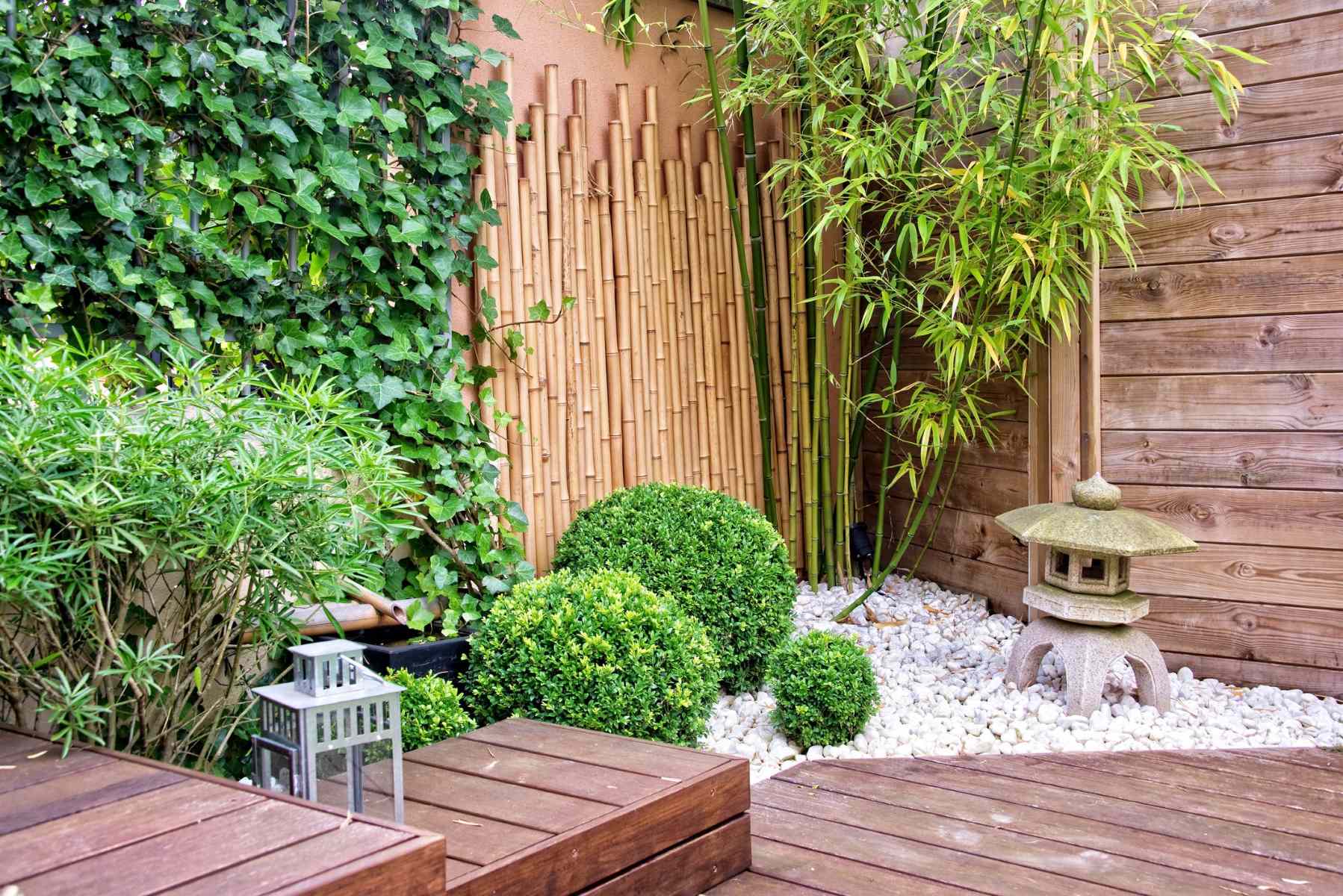
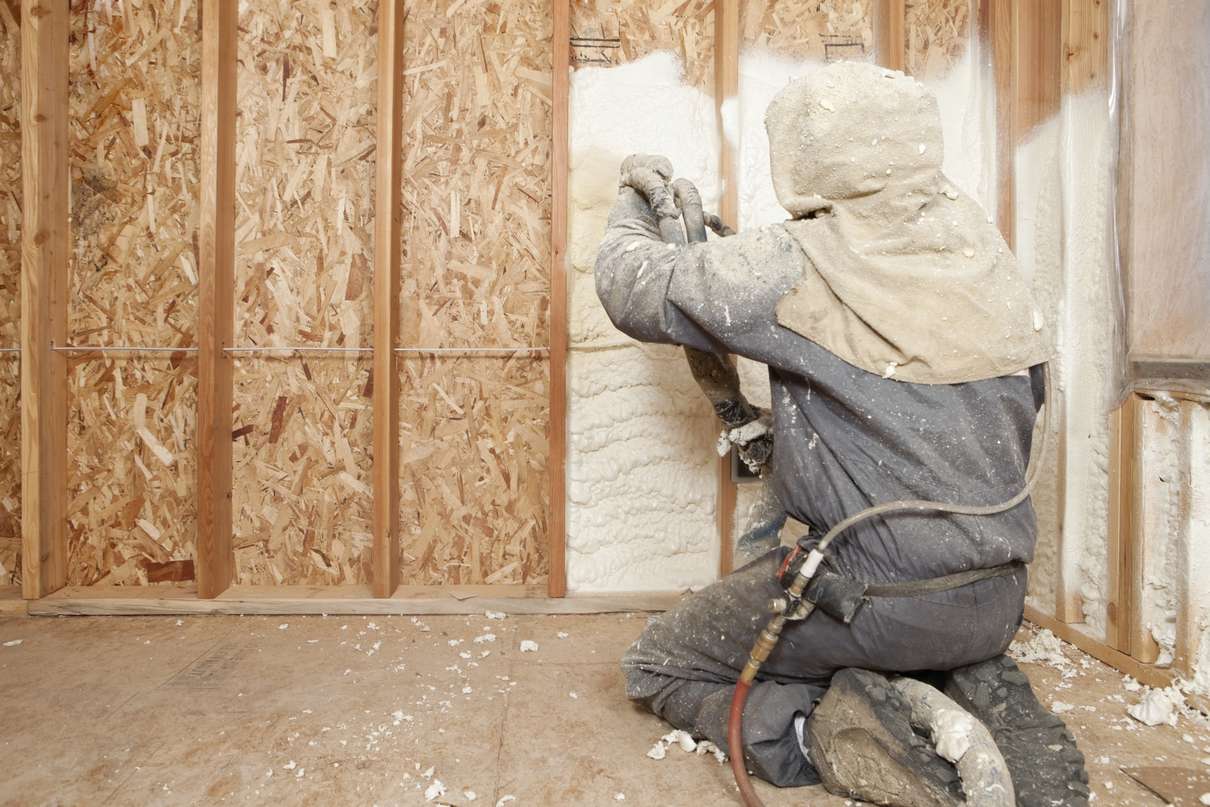

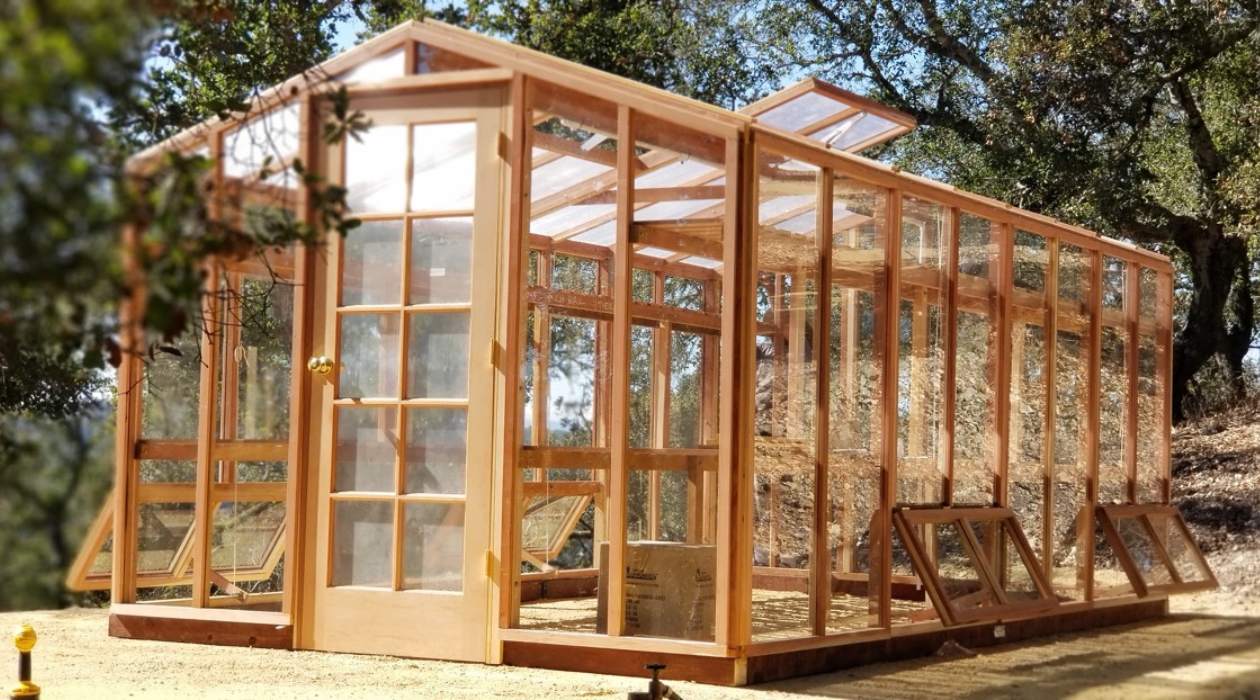

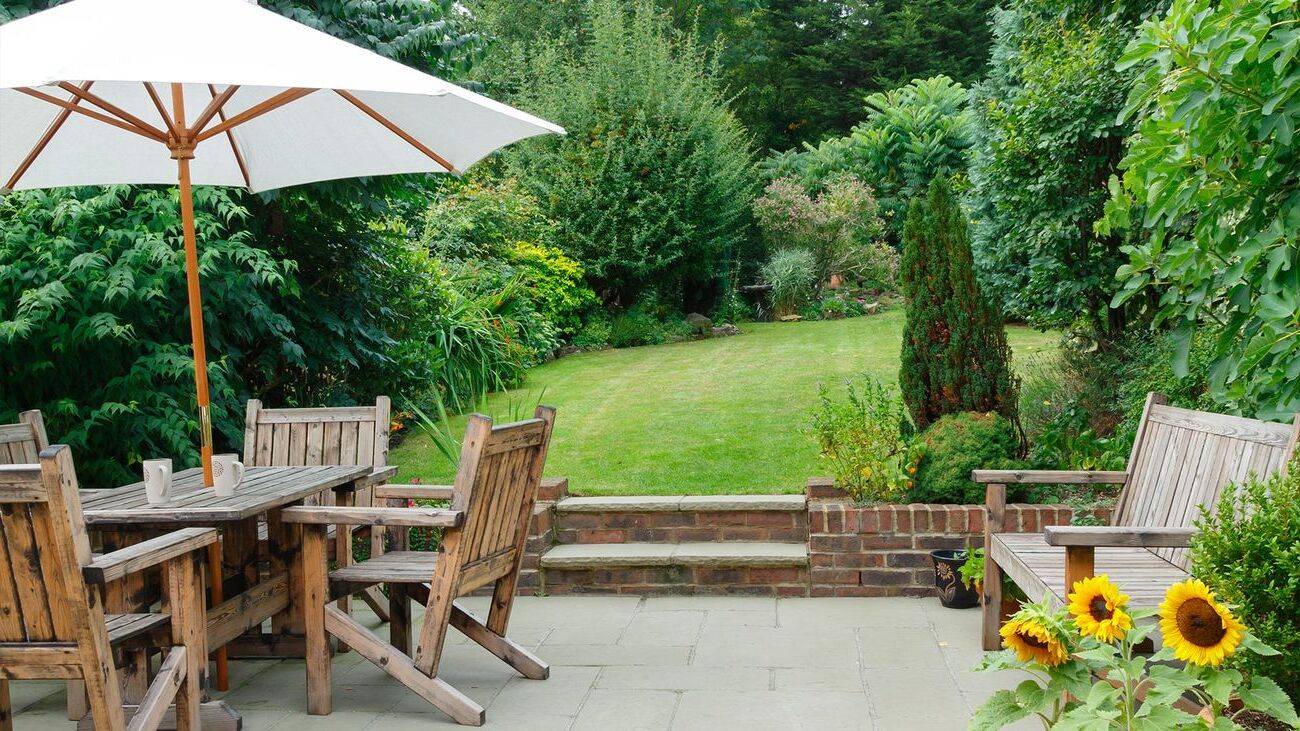

0 thoughts on “How To Start A Beekeeping Hobby In Your Backyard”